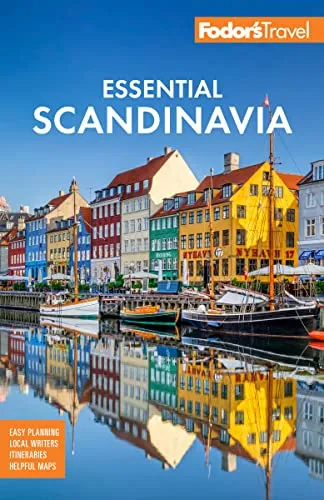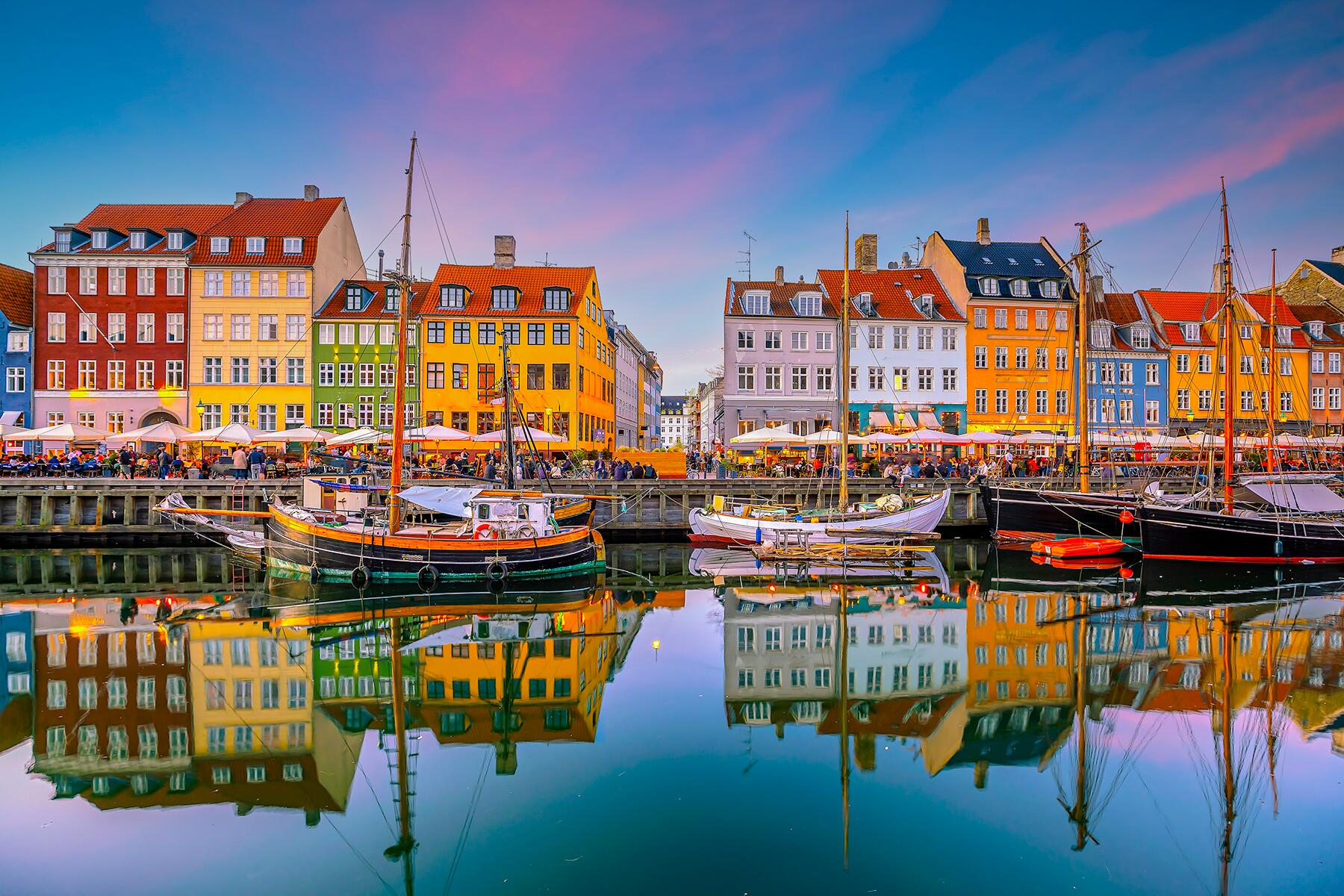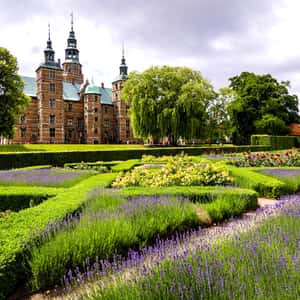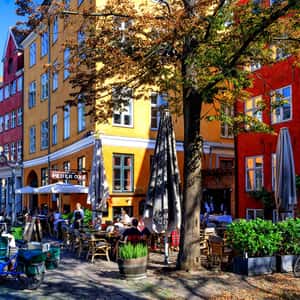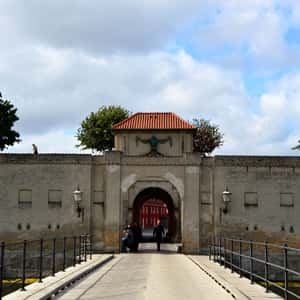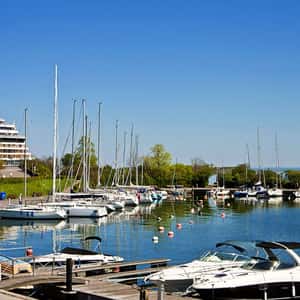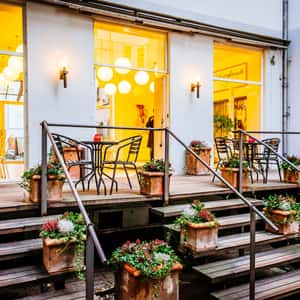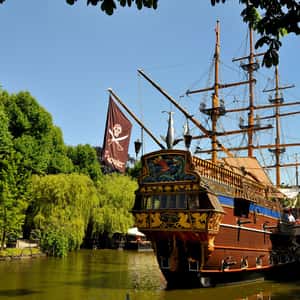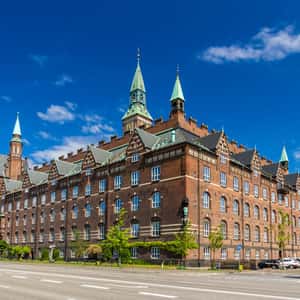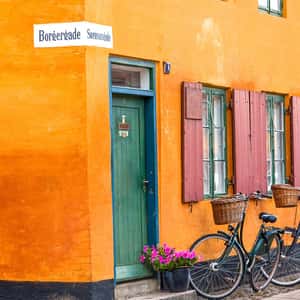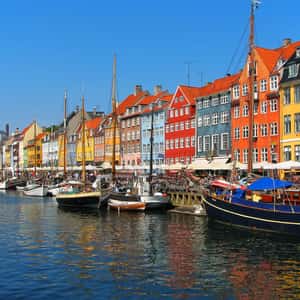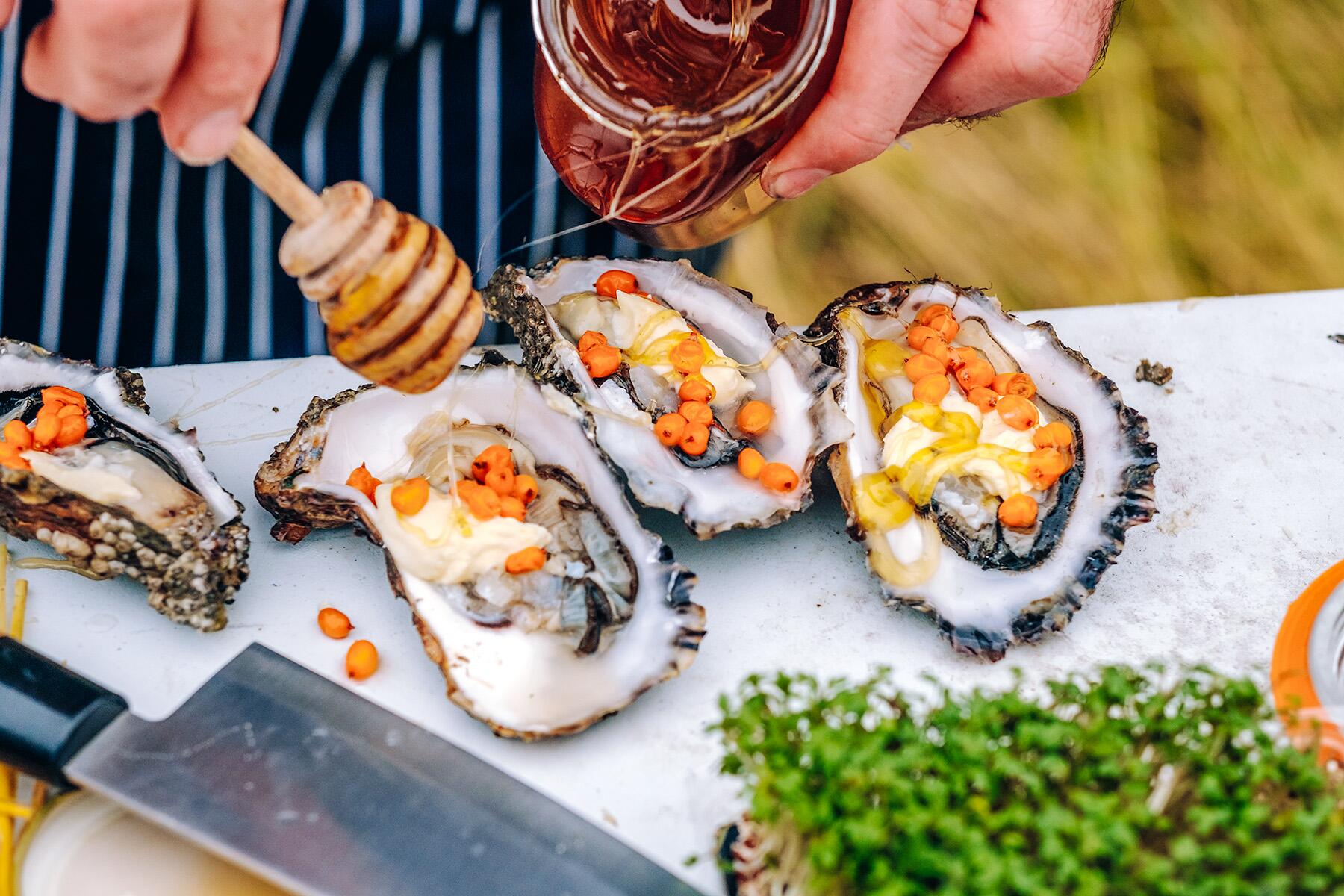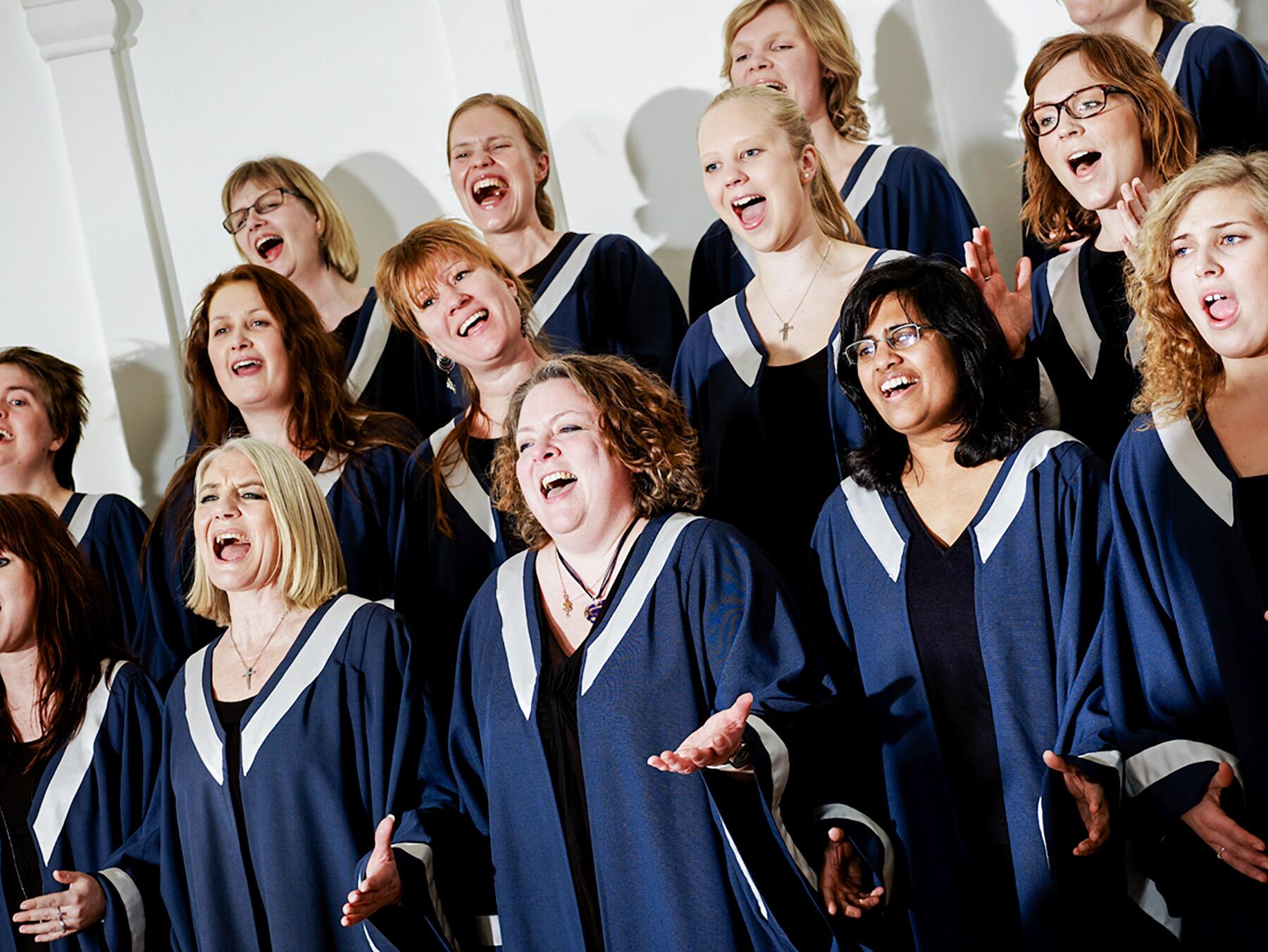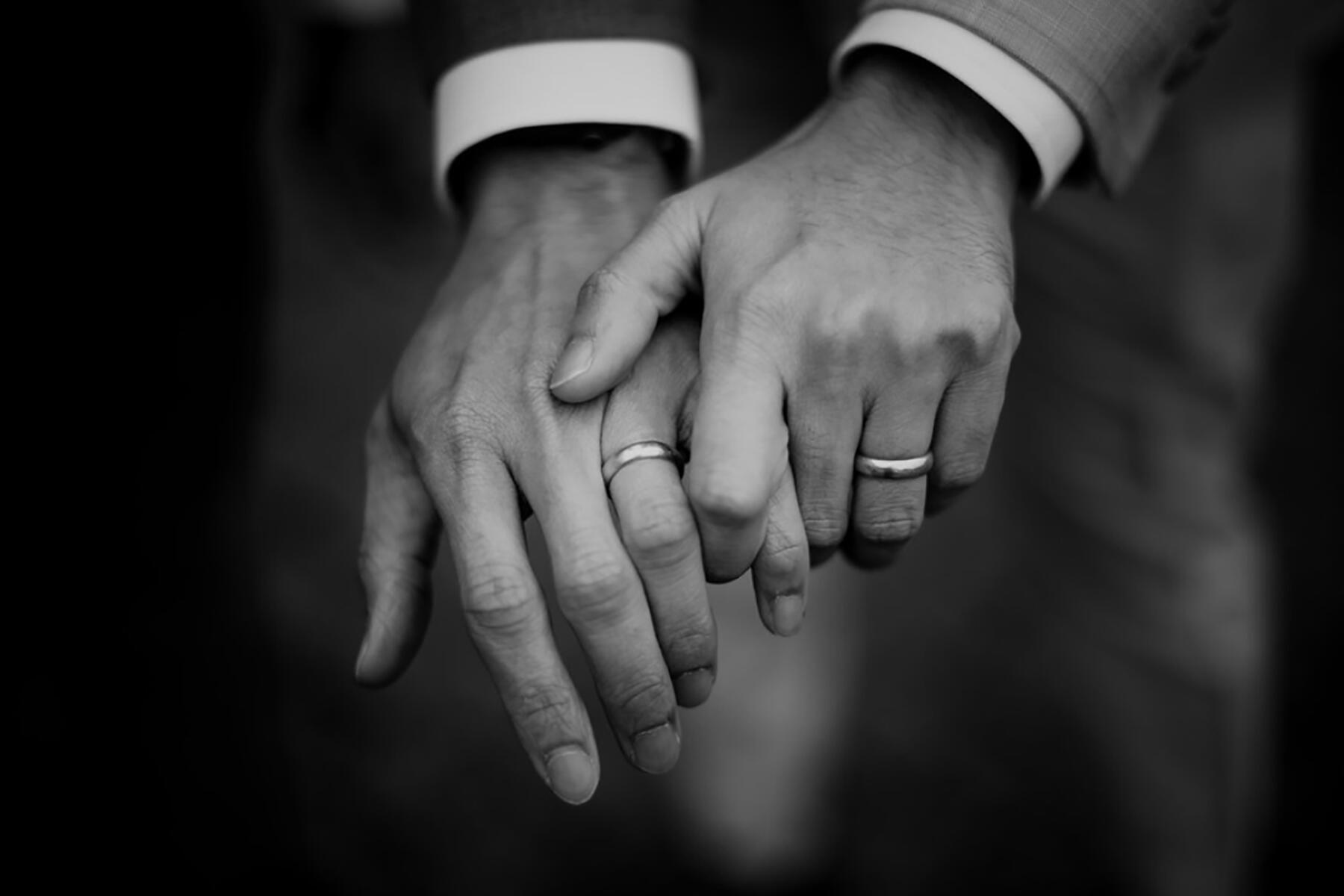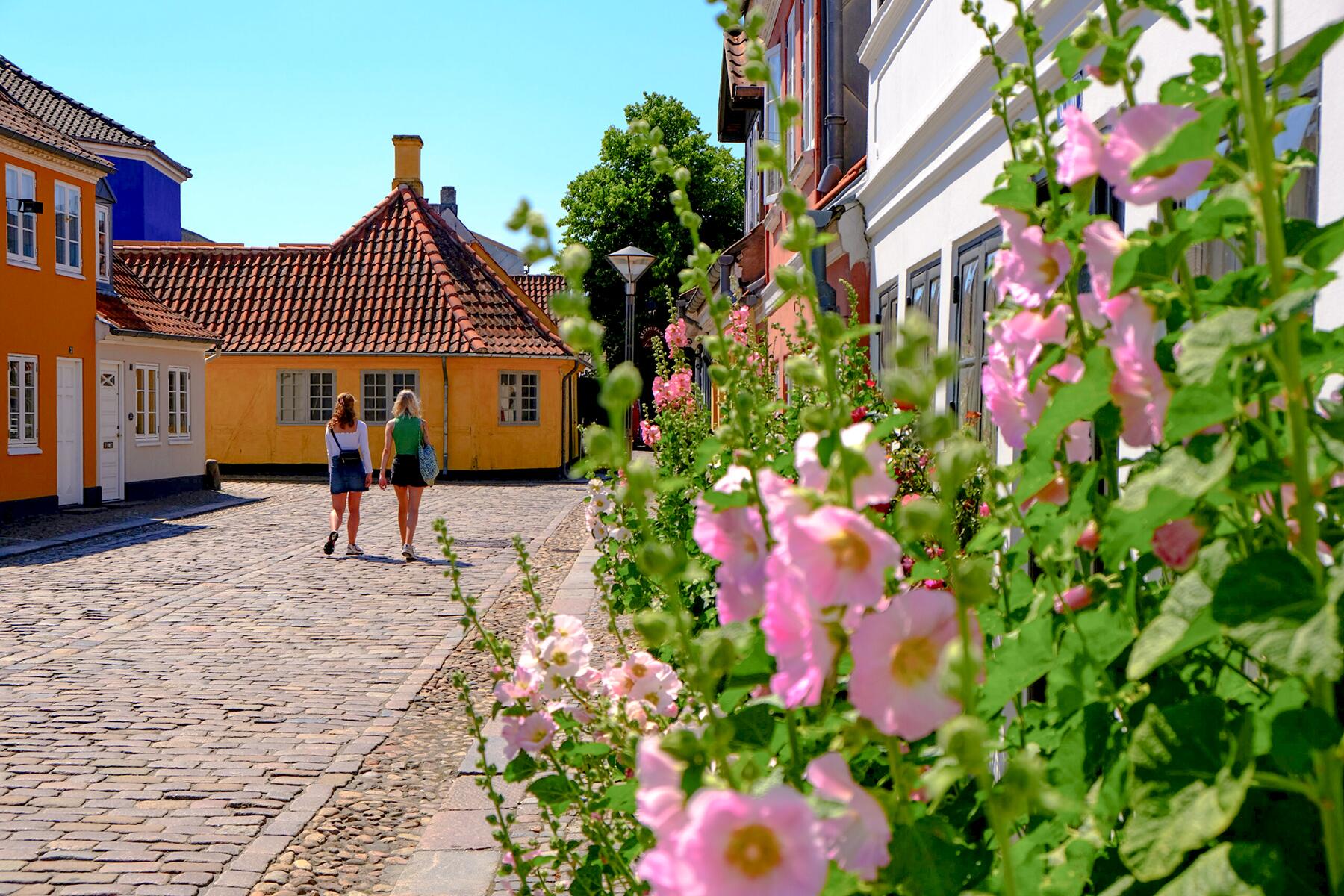Fodor's Essential Scandinavia: The Best of Norway, Sweden, Denmark, Finland, and Iceland
For over 80 years, Fodor's Travel has been a trusted resource offering expert travel...
The Kingdom of Denmark dapples the Baltic Sea in an archipelago of some 450 islands and the crescent of one peninsula. Measuring 43,069 square km (17,028 square miles) and with a population of 5.5 million, it is the geographical link between Scandinavia and Europe. Half-timber villages and tidy agriculture rub shoulders with provincial towns and a handful of cities, where pedestrians set the pace, not traffic. Mothers safely park baby carriages outside bakeries while outdoor cafés fill with cappuccino-sippers, and lanky Danes pedal to work in lanes thick with bicycle traffic.
The Danes' lifestyle is certainly enviable, not yet the pressure-cooked life of some other Western countries. Long one of the world's most liberal nations, Denmark has a highly developed social-welfare system...
Read MoreThe Kingdom of Denmark dapples the Baltic Sea in an archipelago of some 450 islands and the crescent of one peninsula. Measuring 43,069 square km (17,028 square miles) and with a population of 5.5 million, it is the geographical link between Scandinavia and Europe. Half-timber villages and tidy agriculture rub shoulders with provincial towns and a handful of cities, where pedestrians set the pace, not traffic. Mothers safely park baby carriages outside bakeries while outdoor cafés fill with cappuccino-sippers, and lanky Danes pedal to work in lanes thick with bicycle traffic.
The Danes' lifestyle is certainly enviable, not yet the pressure-cooked life of some other Western countries. Long one of the world's most liberal nations, Denmark has a highly developed social-welfare system. Hefty taxes are the subject of grumbles and jokes, but Danes are proud of their state-funded medical and educational systems and high standard of living.
The history of this little country stretches back 250,000 years, when Jutland was inhabited by nomadic hunters, but it wasn't until AD 500 that a tribe from Sweden, called the Danes, migrated south and christened the land Denmark. The Viking expansion that followed was based on the country's strategic position in the north. Intrepid navies navigated to Europe and Canada, invading and often pillaging, until, under King Knud (Canute) the Great (995–1035), they captured England by 1018.
After the British conquest, Viking supremacy declined as feudal Europe learned to defend itself. Under the leadership of Valdemar IV (1340–75), Sweden, Norway, Iceland, Greenland, and the Faroe Islands became a part of Denmark. Sweden broke away by the mid-15th century and battled Denmark for much of the next several hundred years, whereas Norway remained under Danish rule until 1814, and Iceland until 1943. Greenland and the Faroe Islands are still self-governing Danish provinces.
Denmark prospered again in the 16th century, thanks to the Sound Dues, a levy charged to ships crossing the Øresund. Under King Christian IV, a construction boom crowned the land with what remain architectural gems today, but his fantasy spires and castles, compounded with the Thirty Years' War in the 17th century, led to state bankruptcy.
By the 18th century, absolute monarchy had given way to representative democracy, and culture flourished. Then—in a fatal mistake—Denmark refused to surrender its navy to the English during the Napoleonic Wars. Lord Nelson famously turned his blind eye to the destruction and bombed Copenhagen to bits. The defeated King Frederik VI handed Norway to Sweden. Denmark's days of glory were over.
Though Denmark was unaligned during World War II, the Nazis invaded in 1940. The small but strong resistance movement that was active throughout the war years is greatly celebrated. After the war, Denmark focused inward, refining its welfare system and concentrating on its main industries of agriculture, shipping, and financial and technical services. It's an outspoken member of the European Union (EU), championing environmental responsibility and supporting development in emerging economies.
The best way to discover more of Denmark is to strike up a conversation with an affable and hospitable Dane. Hyggelig defies definition but comes close to meaning a cozy and charming hospitality. The ultimate hygge for Danes constitutes gathering indoors during the cold and dark months, lighting candles, eating sweets, and talking into the night.
Find a Hotel
Top Destinations
Top Destinations
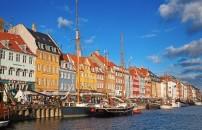
Copenhagen
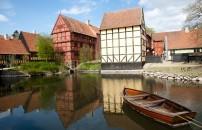
Jutland
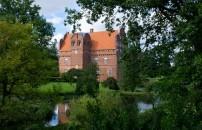
Funen and the Central Islands
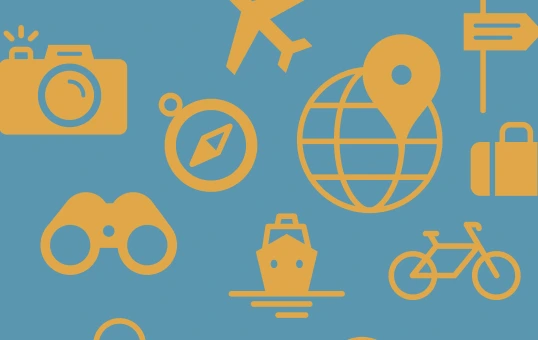
Zealand
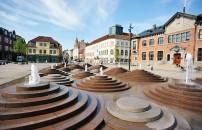
Aalborg
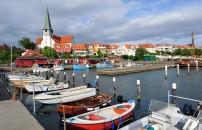
Bornholm
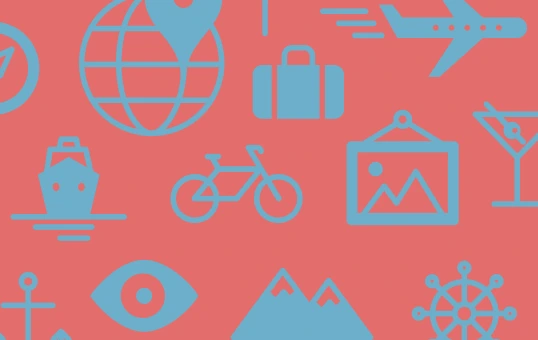
Helsingør
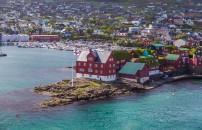
Faroe Islands
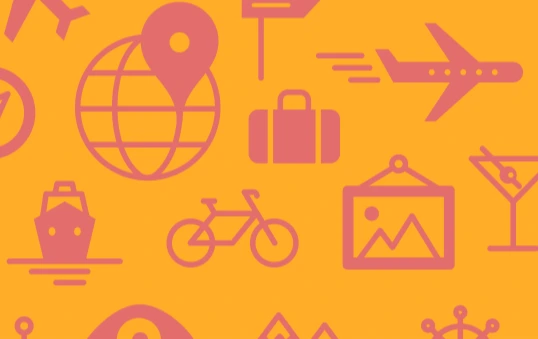
Odense

Side Trips from Copenhagen

Århus

Ribe

Skagen

Humlebaek
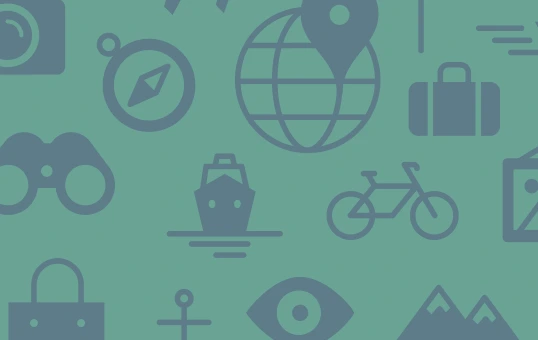
Billund

Klampenborg, Bakken and Dyrehaven

Charlottenlund

Hillerød

Møn

Dragør and Store Magleby

Experimentarium

Roskilde

ARKEN Museet for Moderne Kunst

Frilandsmuseet
All Destinations
Expand All Collapse All
Top Experiences
Top Experiences
Recent Forum Posts
Recent Forum Posts
-
T
Denmark and Sweden for 4 days cheaper with a travel agency?
Tanek started Feb 12, 2024 |Last reply Jun 23, 2024 7 replies 1262 views -
S
Denmark in 8 days
Steve_Australia started May 25, 2024 |Last reply May 26, 2024 8 replies 747 views -
M
Itinerary Help - Denmark & Poland
Myraa started Feb 9, 2024 |Last reply Feb 11, 2024 7 replies 1251 views -
M
Christmas Markets after Christmas in Germany / Austria / Denmark
Manisha started Nov 9, 2023 |Last reply Nov 16, 2023 15 replies 5362 views
Guidebooks
Guidebooks
Our worldwide travel correspondents bring you the best and most up-to-date coverage of over 7,500 global destinations.
Shop NowFodor's Essential Scandinavia: The Best of Norway, Sweden, Denmark, Finland, and Iceland
For over 80 years, Fodor's Travel has been a trusted resource offering expert travel...


